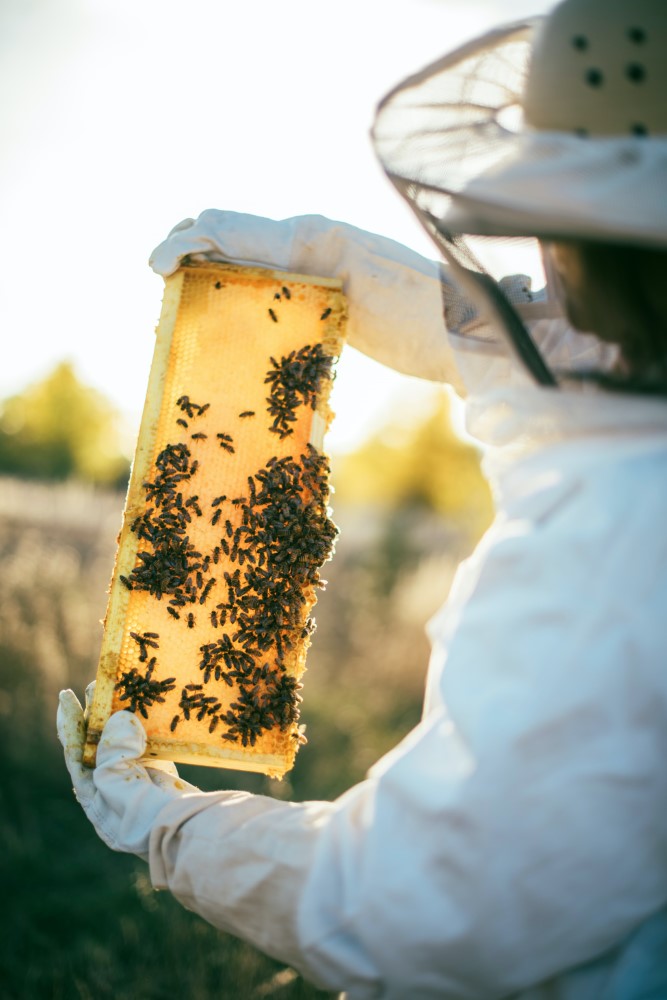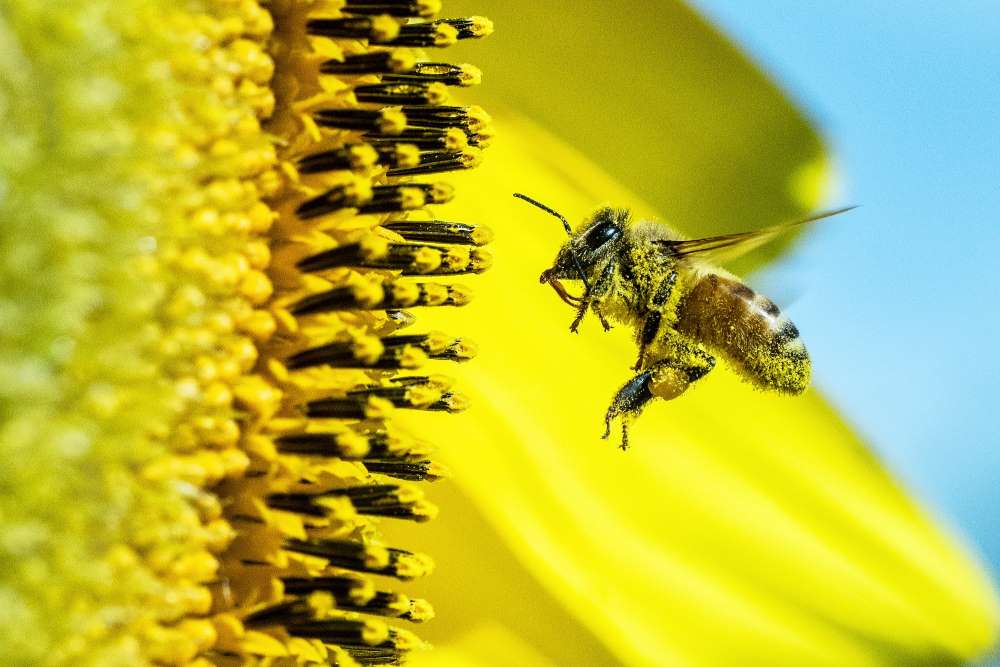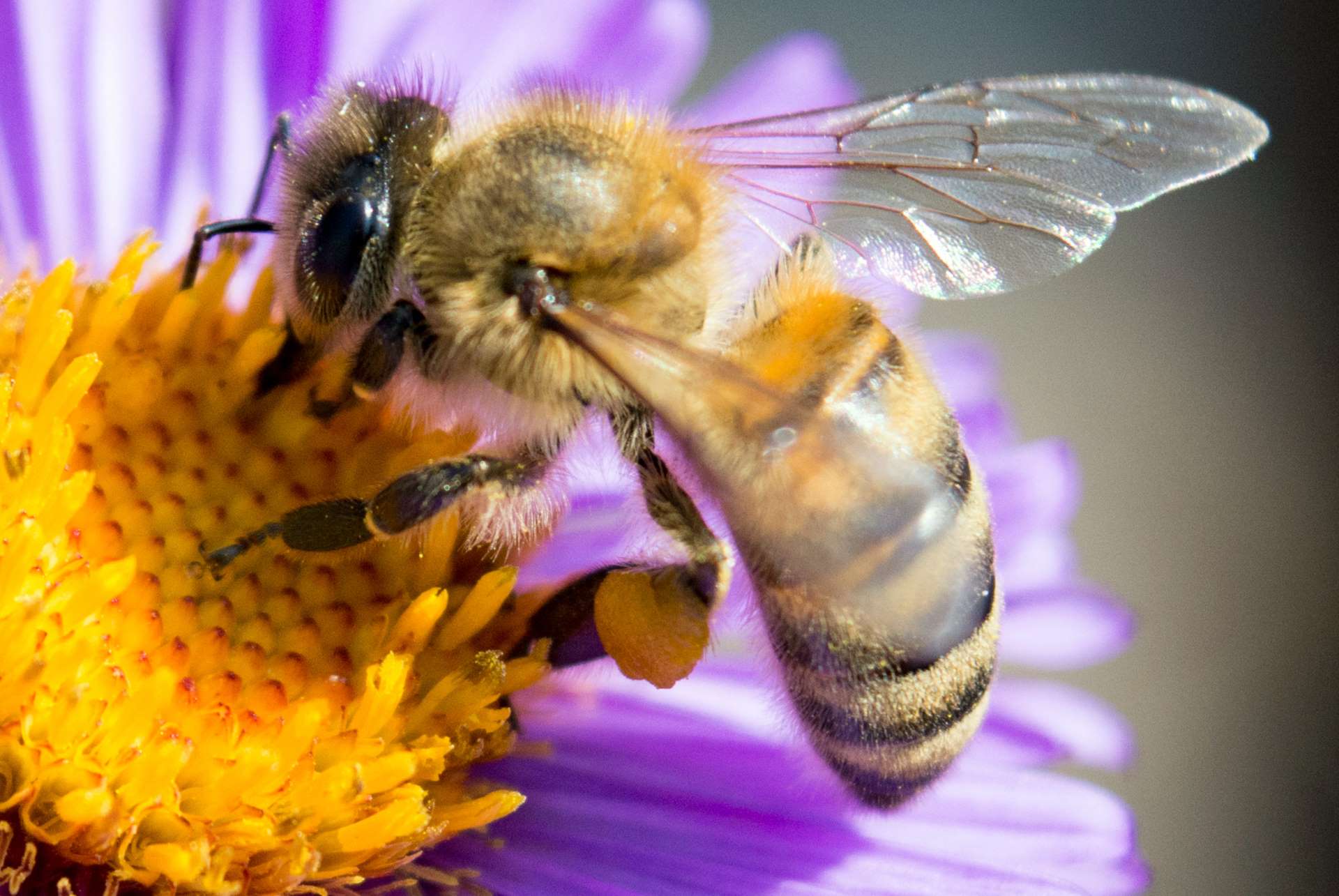Spring is here and the hum is back in the air.
November 2022
Spring is well and truly upon us, and the bees are back. You might have noticed they’d gone a little quiet over winter, which means things were working just fine. Like us, bees need rest. So, in the winter, they hunker down, clustering together to keep warm around the queen, who stops laying eggs.
Being the intelligent creatures that they are, bees have their system dialed when it comes to winter. Back in March, as they noticed the days getting shorter, they changed up their biology to suit. Instead of producing more worker or drone bees, they laid eggs for a caste called winter bees. Winter Bees live for up to three months, compared with the average six-week lifespan of a worker bee.
With plenty of honey in the hive to keep them satiated, the winter bees don’t do a whole lot. And, during this period, you can actually do more harm than good by opening the hive, so it’s a quiet time for us at Tiaki Bees, too. From mid-May to mid-August, we give the bees space and let them be.
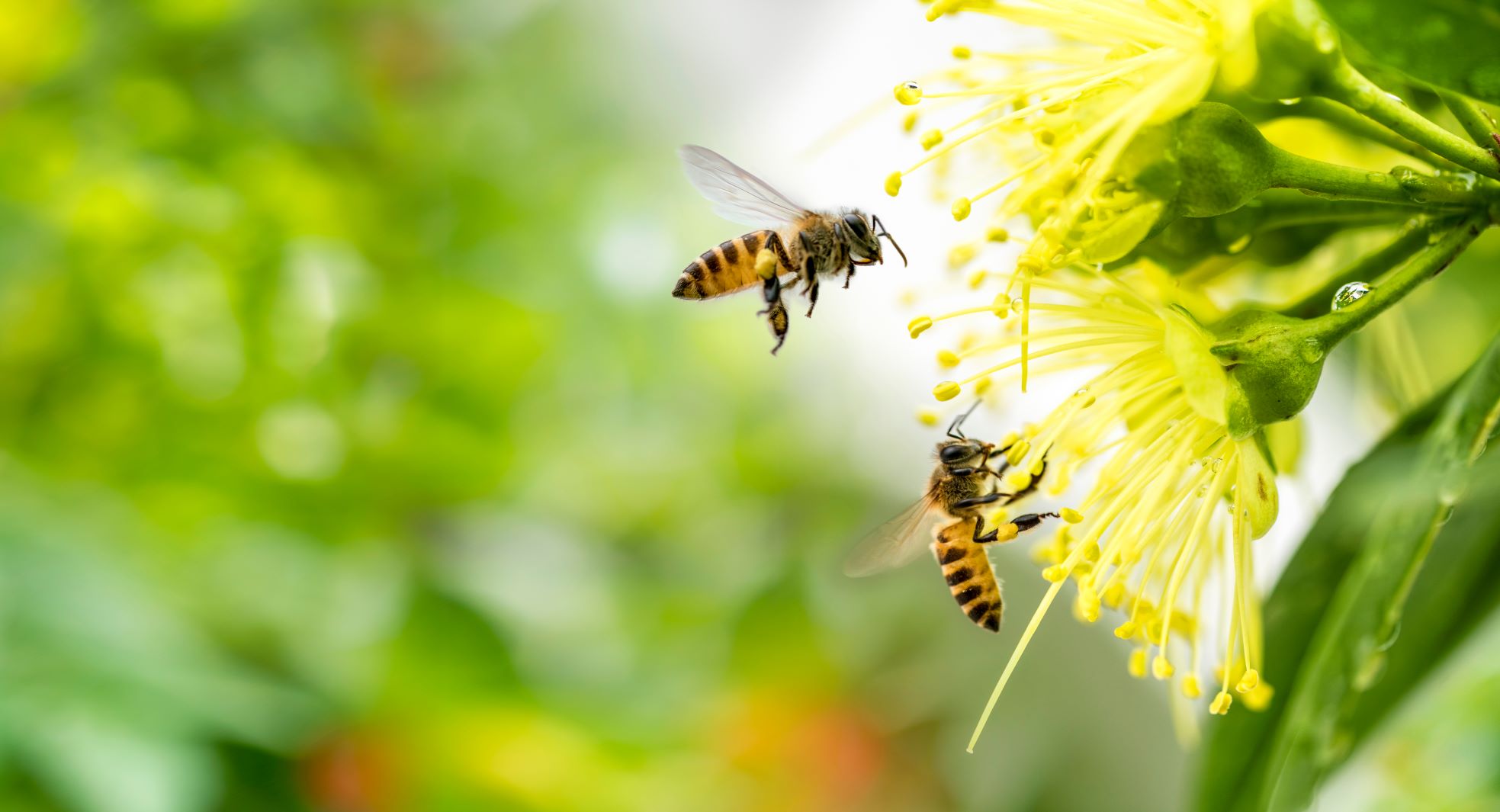
As things start to slowly warm up, the bees get a little more active. In the early days of spring, you might have noticed one or two buzzing around, as they ventured from the hive to find food. The queen starts to lay eggs, and the hive slowly swells with new worker bees. This signals the time for our beekeepers at Tiaki to spring into action, too, and to start tending to our hives all over the Southern Lakes and Central Otago.
Our job starts with a thorough health check, and making sure that each hive has enough food. Once the bees think the warm weather is here to stay, they set about growing their hives. But, if a late frost comes (as it so often does here in this region), it can destroy the food sources needed to feed that bigger hive. This is what we keep track of across all our hives, and if need be, we can feed the bees to keep them happy and healthy. They are usually pretty good at keeping themselves in check, though.
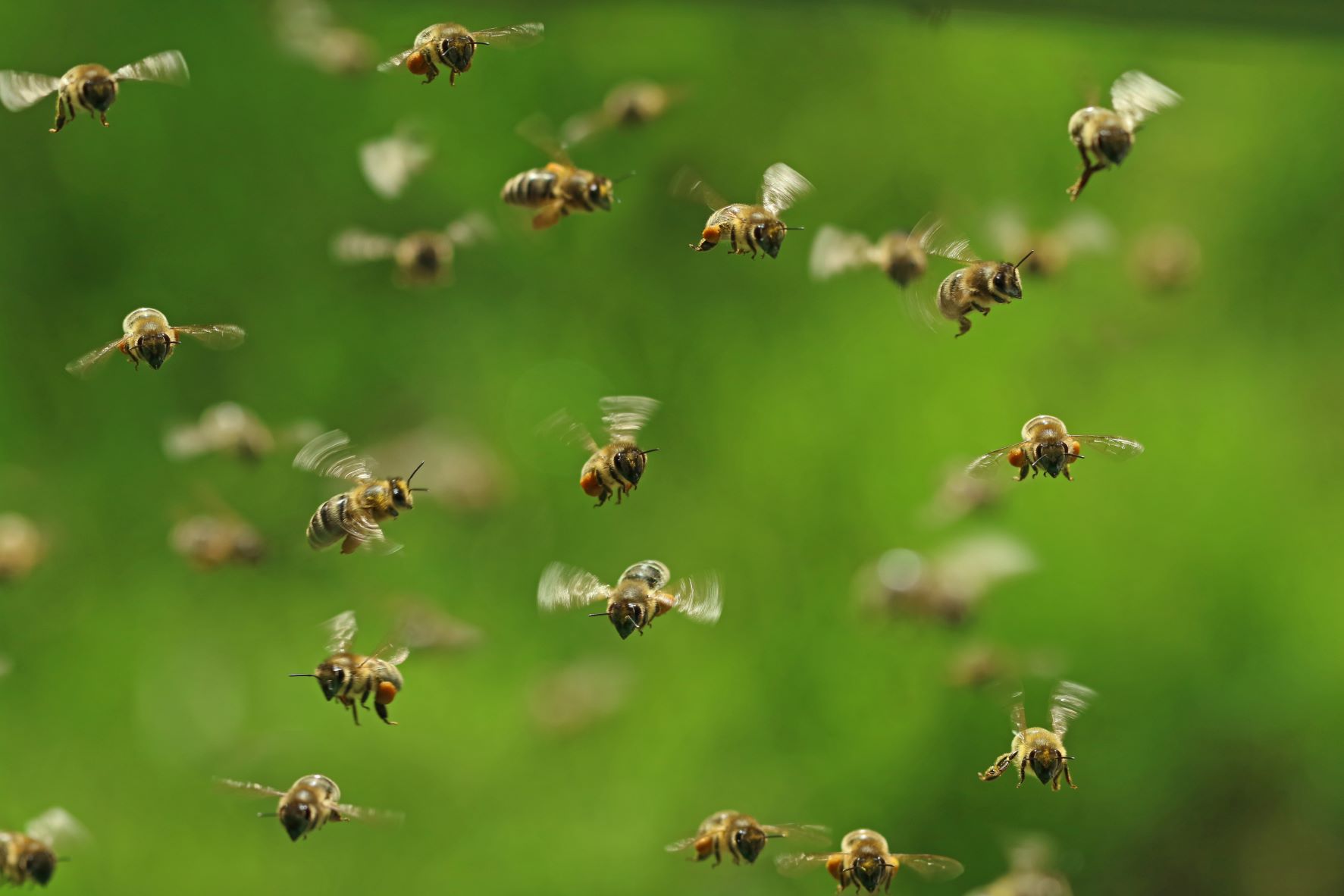
Besides making sure the bees have got enough food, our first visit post-winter is usually a disease check, and introducing the treatment for varroa mites. These are nasty buggers which, untreated, can wipe out a hive in less than a year.
Our other big job as spring gets into full swing is swarm control. Swarming is basically how bees create two hives from one, and it happens when their hive is strong enough to make a new queen. Half the population leaves with the old queen, swarming to a new location. This is a normal phenomenon in the ‘bee world’, but we work hard to avoid it.
So, what we do is work with the bees to keep the hive at an ideal size over the year: not too big so that they swarm, but not too small, either. There are a couple of ways to do this. The first is requeening – that is, introducing a new queen to take over from the old. Because she takes a few weeks to mate and lay eggs, this will slow down the growth of the hive.
The other way we can control swarming is by splitting the hive. If we move some of the frames, with the young larvae still attached, into a new box, the nurse bees will come along, too. It’s their job to feed the larvae, after all. By doing this we’ve effectively halved the population and created a second hive.
So with a bit of TLC, our bees are now strong and ready for a big summer of honey production. Our queens are healthy and laying well, and everybody has plenty of food. Things are humming along, and for us beekeepers, it doesn’t get much better than this – until we collect the honey, of course.
At Tiaki Bees, we provide and maintain hives for even the smallest backyards. If you’re interested, give Barna a buzz on +64 21 090 75375 / 0800 LOVE BEES.
